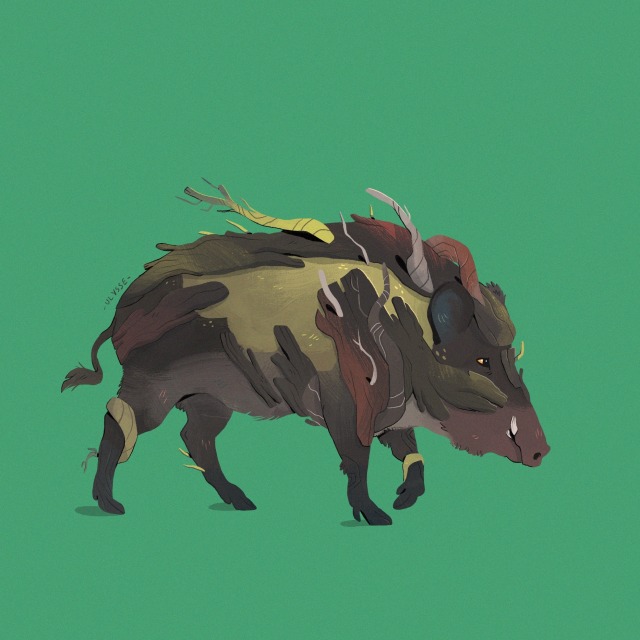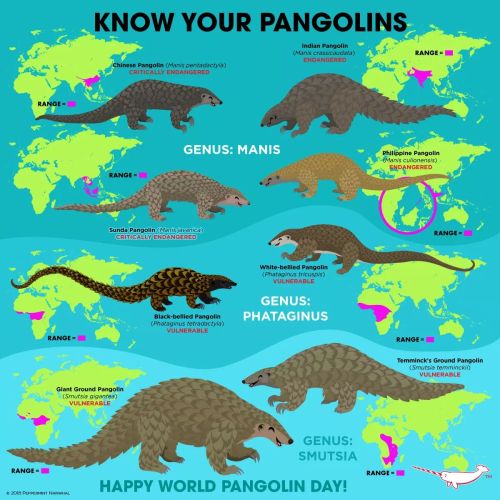#pangolin






Beastiary II !
February 19th is…
Arabian Horse Day - The origins of the oldest purebred Arabian horse in the world date back thousands of years to the Arabian Peninsula. The Bedouins, tribesmen of Arabia, are believed to be the first to domesticate the Arabian horse, forming a harmonious relationship in times of both peace and war, a horse that is good-natured, quick to learn, and willing to please, while also exhibiting supreme endurance and speed. A symbol of military might, cavalry needs led to the spread of the breed around the world. Still, today, the Arabian horse retains all these desired qualities that made it so coveted. The Arabian is also the foundation for many other familiar breeds such as the Thoroughbred, Quarter Horse, Morgan, and American Saddlebred.
Chocolate Mint Day - One of the earliest mass-producers of chocolate mints was Huyler’s in New York. Their chain of stores spread across the country. Today we find mint chocolate in everything from ice cream to brownies, cookies and candies, liquors and sauces. Girl Scouts first sold Thin Mint cookies in 1953 and are still their most popular cookie. Mint chocolate is also the name of an herb with edible leaves that tastes like chocolate and mint.
International Tug Of War Day - The basic elements of the game are simple: two teams hold each end of a large rope and attempt to pull the other towards them, over some sort of barrier or line in the middle, in order to win. From humble beginnings, Tug-of-war has become a competitive sport that takes place around the world and has a long and ancient history.
Lash Day - Eyelashes are a staple item to every makeup look and beauty enthusiast. Lashes have always been known to make your eyes pop and stand out from the crowd. As important as how they make us look, they also help keep dirt or substances from entering the eye and aid in preventing infections. Another important benefit eyelashes provide is preventing eye moisture from evaporating. Lashes shade our eyes in a variety of lengths and colors, too. Needless to say, eyelashes are a true necessity for every person at any age.
Red Sock Day - Did you know leg health can indicate risk for heart attack, stroke, and amputation? One in five adults over the age of 60 have a condition called Peripheral Artery Disease (P.A.D.), and many don’t even know they have it. P.A.D. is caused by plaque build-up in the peripheral arteries, mainly the arteries in the legs. It is the most debilitating disease many people have never heard of, and yet, it is responsible for nearly 200,000 amputations annually. More than half of those amputations are preventable with early diagnosis and treatment.
Vet Girls RISE Day - Since the Revolutionary War, women have served in the armed forces, and many have not been recognized for their service. Today, the contributions of nearly 2 million women veterans deserve acknowledgment. The day celebrates the bonds they formed and their experiences through military service.
World Pangolin Day - They are the only kind of mammal that is wholly covered in scales. Their scales help protect them from predators. Pangolins also have very sharp scales on their tail. When they feel threatened, they roll up into a ball and ward off predators with their tails. These animals do not have teeth. They do, however, have sticky tongues that enable them to eat ants and larvae off of the ground. Because they are so hard to find, it’s unknown how many pangolins are left in the world. However, it is known that each year up to 200,000 pangolins are poached from the wild. This makes pangolins the most trafficked mammal in the world. Their meat is considered a delicacy in China and Vietnam. The Chinese also use this animal’s scales for medicinal purposes.
Post link



